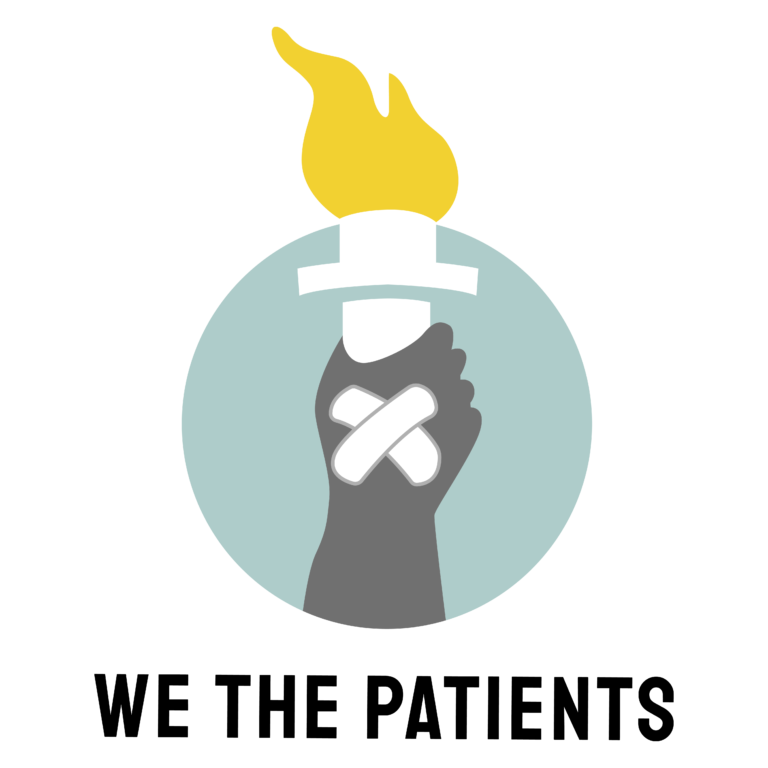Written by Amanda Dunker, HCFANY.
The Supreme Court is again hearing arguments on the the Affordable Care Act (ACA). Some legal scholars believe the most likely outcome is that the individual mandate is removed while the rest of the law stays in place. That would have no impact on health coverage in New York. (See the new fact sheet here for more info on the case.) However, it’s still possible that the entire law is overturned. Such a decision would dramatically affect New York and the rest of the country. The Court may not reach any decision until next spring. Until then, nothing has changed – it is important to know that New York still has all the same coverage options as before. You can explore those options and enroll in health coverage at NY State of Health.
Though it is unlikely, it is a good time to reflect on what would happen in New York if the Supreme Court overturns the ACA. Even with the ACA, New York still has over a million uninsured people – many of whom are uninsured because they are unaware of their eligibility for free or low-cost coverage. Without the ACA, those options would disappear. While many consumer protections would stay in place, millions of New Yorkers would lose their health insurance.
Consumer Protections
New York adopted many of the ACA’s provisions into state law. No matter what the Supreme Court says, state law:
- Prohibits insurers from denying coverage to people with pre-existing conditions or charging them more.
- Requires health plans to cover ten essential health benefits, including prescription drugs and maternity care.
- Requires health plans to keep young adults on their parents’ coverage until age 26.
- Requires plans to meet actuarial value requirements and limits maximum out-of-pocket spending.
- Prohibits lifetime or annual benefit limits.
Medicaid
Our pre-ACA Medicaid program covered more people than programs in many other states. For example, New York allowed people with higher incomes to enroll and covered single, childless adults. New York did this through waivers with the federal government, agreements that let us change aspects of our Medicaid program while still receiving federal Medicaid funding.
The ACA made many of those features of New York’s Medicaid program available to all states, negating those waivers. If the ACA is overturned, our Medicaid program would return to the most basic Medicaid program. The only adults covered would be parents with incomes under 83 percent of federal poverty level and pregnant women with incomes under 133 percent of federal poverty level. Childless adults would not be eligible for Medicaid no matter how low-income. New York could renegotiate those waivers, but in the meantime, 2.1 million New Yorkers would lose Medicaid coverage.
The Essential Plan
Section 1331 of the ACA provided states with the Basic Health Plan option. This option offers low- or no-cost coverage to people who earn up to 200 percent of the federal poverty level but aren’t eligible for Medicaid. New York was one of the two states that adopted the Basic Health Plan, which is called the Essential Plan here. It now covers around 850,000 New Yorkers. The Essential Plan could not exist at all without the ACA. Some people currently enrolled in the Essential Plan might be eligible for some form of Medicaid coverage. However, for most, the only option would be private individual market plans with no subsidies.
Individual Market
Before the ACA, over 14 percent of state residents were uninsured. When New Yorkers wanted to buy their own insurance, their only options were private plans that cost an average of $9,000 a year. Fewer than 19,000 New Yorkers enrolled in those plans. The ACA allowed New York to create a simpler way to shop for health insurance and introduced subsidies for people earning between 200 and 400 percent of the federal poverty level.
Now, over 270,000 New Yorkers have enrolled in private health plans. Premiums for those plans are half what they were pre-ACA, and New Yorkers receive $600 million a year in premium subsidies and cost-sharing assistance that further lowers costs. Almost 60 percent of people in New York’s individual market (around 160,000) receive that assistance, and many would likely drop coverage without it. This could trigger a death spiral with higher and higher premiums until the individual market returns to its pre-ACA state.
Hospital Sustainability
Health insurance doesn’t just protect the individuals who enroll. More coverage means fewer people end up at our hospitals without any way to pay. If millions of New Yorkers suddenly lost health insurance, New York’s hospitals would end up with many more patients in need of care without a way to pay for it. Many of our safety net hospitals still struggle financially, but New York’s enthusiastic adoption of the ACA has meant they’re in better shape than those in states that chose not to use all of the ACA’s new options.


